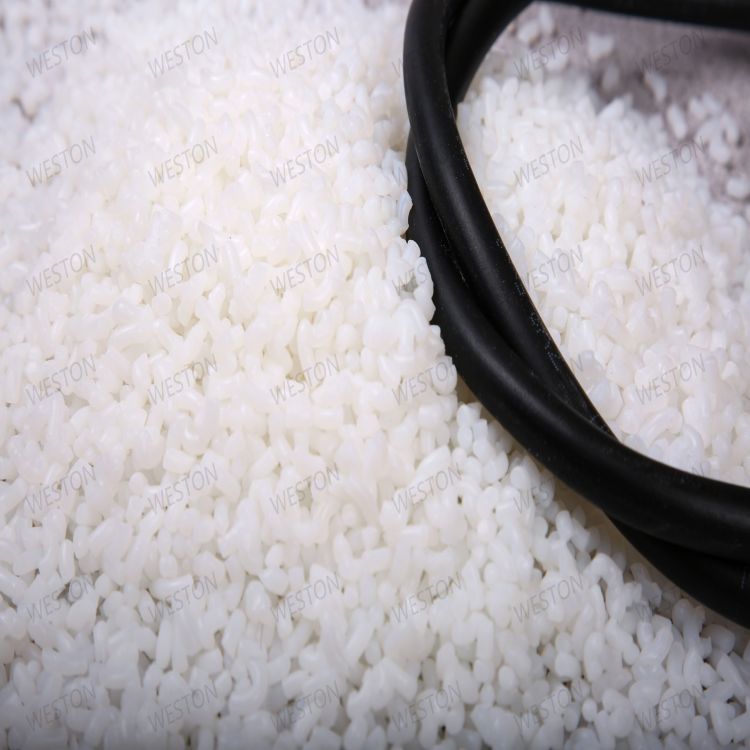-
Categories
-
Pharmaceutical Intermediates
-
Active Pharmaceutical Ingredients
-
Food Additives
- Industrial Coatings
- Agrochemicals
- Dyes and Pigments
- Surfactant
- Flavors and Fragrances
- Chemical Reagents
- Catalyst and Auxiliary
- Natural Products
- Inorganic Chemistry
-
Organic Chemistry
-
Biochemical Engineering
- Analytical Chemistry
- Cosmetic Ingredient
-
Pharmaceutical Intermediates
Promotion
ECHEMI Mall
Wholesale
Weekly Price
Exhibition
News
-
Trade Service
On October 17, news came out from the University of Science and Technology of China that the team of Professor Luo Yi and Professor Jiang Jun from the School of Chemistry and Materials Science of the university developed and integrated mobile robots, chemical workstations, intelligent operating systems, and scientific databases to develop a full-process machine chemist
driven by data intelligence.
International reviewers commented that the results "will have a huge impact on chemical science"
.
This work breaks the limitations of the traditional trial-and-error research paradigm, shows the great advantages of the new paradigm of intelligence guided by the "strongest chemical brain", leads chemical research towards the future trend of digitization of knowledge understanding, operation instructions, and creation of templates, and establishes China's global leading position
in the field of intelligent chemistry innovation.
"The objects of chemical research are becoming increasingly complex and high-dimensional, and the traditional research paradigm mainly relies on exhaustiveness, trial and error
.
In the face of a huge chemical space, the search for recipes and processes often stops at local optimum, and cannot be explored
globally.
Jiang Jun said that the machine chemist platform they developed is loaded with an intelligent platform of computational brain, theoretical model and open operating system, which can realize the development of the whole process of chemical synthesis-characterization-testing driven by big data and intelligent model, and can be applied to photocatalytic and electrocatalytic materials, luminescent molecules, optical thin film materials and other fields
.
Specifically, the platform uses machine intelligence to find and read literature, draw expert experience from massive amounts of research data, formulate scientific hypotheses, and develop experimental protocols
.
2 mobile robots and 15 intelligent chemical workstations can complete the whole process
of chemical experiments of high-throughput synthesis, characterization and testing.
Through the background operating system, the platform can realize automatic data collection, processing, analysis and visualization; After the cloud database is loaded, the database information
can also be recalled and updated in real time.
The computational brain of the platform can integrate intelligent models into the underlying theoretical laws and complex chemical experiment evolution by calling physical models, theoretical calculations, machine learning and Bayesian optimization, so that machine scientists can better understand chemistry and be better at chemical creation
.
Taking high-entropy compound catalysts with great potential as an example, the highly disordered mixing of various elements brings high stability, which also brings great challenges
to manual experiments to find the optimal ratio.
Obtaining the optimal formulation requires traversing the testing of extremely large chemical combination combinations, which are currently limited to optimizing
up to 3 metal combinations.
Machine chemists intelligently read 16,000 papers and independently selected 5 non-precious metal elements, fused 20,000 sets of theoretical calculation data and 207 sets of full-process machine experimental data, and found the optimal high-entropy catalyst from 550,000 possible metal ratios, shortening the 1,400 years required for the traditional "stir-fry" traversal search to 5 weeks
.
Jiang Jun said: "There is still a lot of room for improvement in the wisdom of the platform, and the scope of application will continue to expand
with the upgrading and expansion of the platform.
" We will add infrared vision and spectroscopy inversion algorithms to the robot, giving it chemical-level perceptual intelligence and judgment; Develop multiple robot collaboration algorithms and optimize parallel experiments in multiple intelligent laboratories; Build multiple intelligent laboratories and connect with multiple large scientific devices in China to form a smart chemical cloud for data sharing, and rely on big data to form more advanced chemical intelligence
.
”







